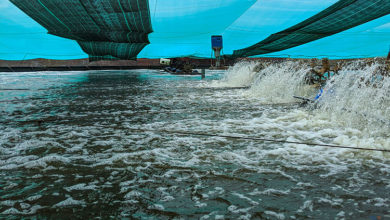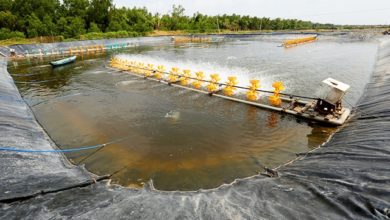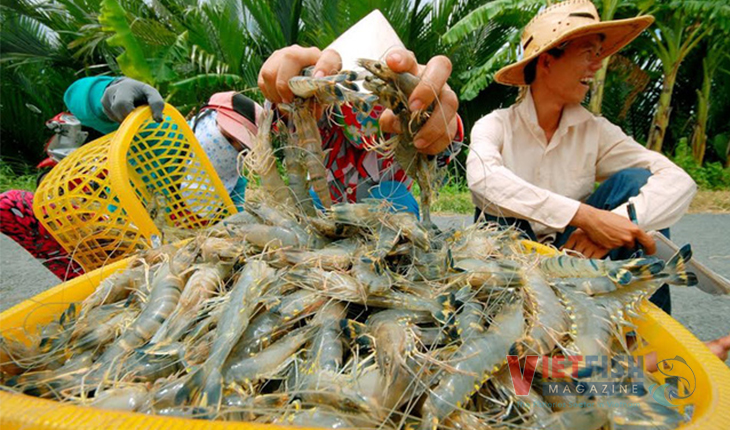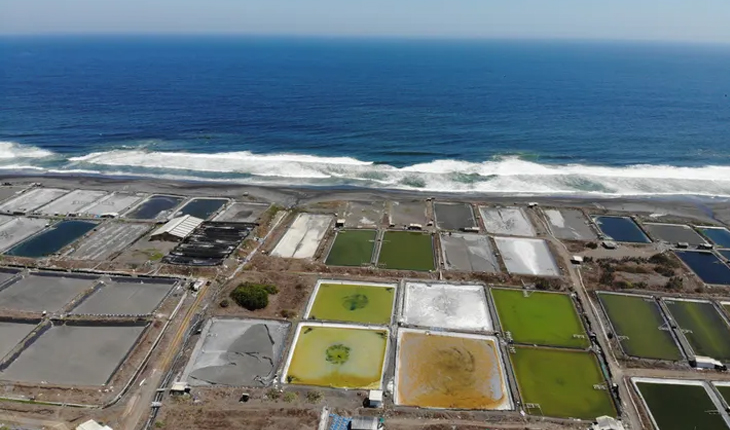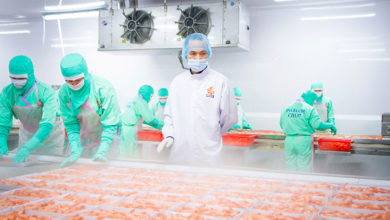Vietnam’s shrimp goes green
Vietnam has become a leading shrimp exporter, and now the industry stands at a crossroads - challenged and driven by the global push for sustainability and greener practices.
Deputy Minister of Agriculture and Environment Phung Duc Tien affirmed that the shrimp sector has played a vital role in Vietnam’s seafood exports and broader agricultural economy over the past two decades. With consistent contributions, Vietnamese shrimp now accounts for approximately 13 – 14% of global export value.
Vietnamese shrimp products are shipped to over 100 countries, including strict markets like the United States, EU, Japan, South Korea, Australia, and Canada, according to Nguyen Viet Thang, Chairman of the Vietnam Fisheries Society. However, despite promising export forecasts for 2025, the industry faces mounting challenges: climate change, rising production costs, disease outbreaks, and fierce competition from Ecuador and India, as well as increasing global requirements for food safety, traceability, and environmental protection.
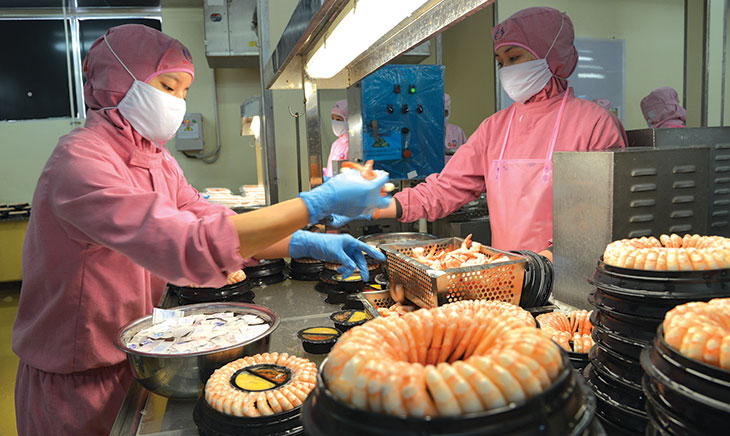
To stay competitive, Deputy Minister Tien emphasized the need for a strategic shift from traditional to modern, sustainable farming. He called on businesses to adopt digital technologies, improve energy efficiency, and transition to renewable energy.
Lê Hằng, Deputy General Secretary of VASEP, stressed that green growth is no longer optional, it is a prerequisite for long-term competitiveness. In line with this vision, Vietnamese shrimp producers are deploying advanced technologies for sustainable farming. Techniques like Biofloc, Micro-Nano Bubble Oxygen, recirculating aquaculture systems (RAS), and the three-phase farming model are being used to reduce waste and minimize environmental impact.
Biological additives are also gaining traction, helping improve water quality, strengthen shrimp immunity, and suppress harmful bacteria. A standout example is Minh Phu Group’s MP BIO protocol, which utilizes antagonistic microbes, naturally produces nutrient-rich Biofloc, and eliminates the use of chlorine in water treatment. The protocol also incorporates natural algae-based feed and microbial fermentation to boost nutrient absorption.
Circular economy initiatives are also on the rise. By 2030, Vietnam’s shrimp processing sector aims to fully reuse by-products, such as shrimp shells, heads, wastewater, and sludge, to develop value-added products like chitin and chitosan.
This strategy aligns with the national plan to promote science, technology transfer, and circular economy practices in agriculture by 2030, contributing to the sustainable development of the shrimp industry.
Internationally, Vietnam can learn from Ecuador, now the world’s top shrimp exporter, thanks to its high production volumes and strong presence in markets like the U.S. and China. Vietnam could adopt Ecuador’s model of investing in high-quality local broodstock, reducing dependence on imports, implementing low-intensity farming with biological solutions, and building stronger farmer–processor linkages.
Domestically, Ca Mau has become a frontrunner in sustainable shrimp farming. According to Vice Chairman of the Ca Mau People’s Committee Le Van Su, the province has around 280,000 hectares of shrimp farms, primarily using environmentally friendly systems like shrimp-forest, shrimp-rice, and improved extensive farming. It also leads in organic and eco-certified shrimp, with products gaining traction in high-value markets such as the EU and Japan.
Looking ahead, the Ministry of Agriculture and Environment has set a 2025 target of 1.3 – 1.4 million tons in production and USD 4 – 4.3 billion in export value for shrimp. Green growth has been identified as the key driver to achieving this goal. Encouragingly, Vietnam’s shrimp exports surpassed USD 605 million in the first two months of 2025, a 46% increase year-on-year, signaling robust potential if the industry leverages free trade agreements and shifting global consumer preferences toward sustainability.
Deputy Minister Tien concluded that Vietnam’s shrimp industry is entering a “green revolution.” The focus is no longer just on volume, but on quality, safety, and long-term value. That, he said, is the key for Vietnam’s shrimp to solidify its global standing.
VFM


